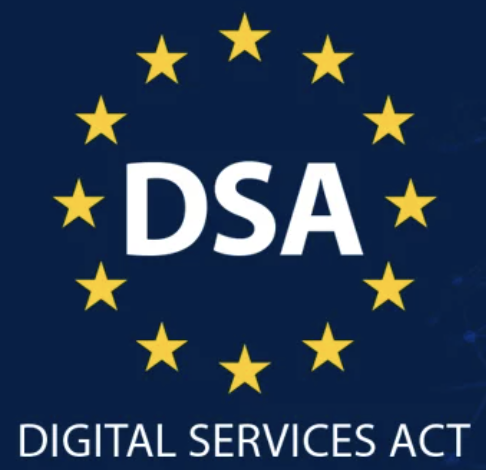Regulatory Readiness Programs
Cross-functional programs to anticipate, evaluate, & address risks of emerging regulations
Digital Services Act (DSA)
Background
When the DSA arose as a regulation that would impact Indeed, we identified two major issues that needed our attention: (i) tracking and reporting on monthly active users to determine VLOP status; and (ii) building non-profiling alternative UX for recommender systems.
My Role
I led the operationalization of DSA requirements in partnership with an attorney counterpart.
What I Did
VLOP Reporting
Worked with R&D, Business Intelligence, and Marketing to rework how we measure user traffic, developing a new methodology with thorough documentation for internal audit purposes
Owned ongoing reporting and maintenance, building an automation in our internal equivalent of SQL to support the new methodology
Reported user traffic figures and trends and predictions to senior leadership on a monthly basis
Non-Profiling System
Audited all known products available in the EU for features that would constitute a “recommender system”
Convened lead engineers and product managers for each such project to serve as a task force for design and implementation of alternate UX
Met weekly and project managed efforts through to design completion, incorporating ongoing sustainability measures
Unique Outcomes
The measurement methodology we used was adopted for other non-regulatory purposes, with my documentation serving as a template for other functions to follow when developing new reporting metrics
Over the course of non-profiling system dev, we identified and solved other backend data integrity issues that impacted other products
Learnings
Under the right circumstances, regulatory requirements can have a meaningfully positive impact on ordinary business operations (see tracking)
Leveraging regulatory requirements can also help R&D functions overcome existing technical limitations by justifying more resources
§230 Compliance & Contingency Roundtable
Background
§230 is a critical layer of protection for online platforms like Indeed that rely on user generated content. A Supreme Court case in 2024 (Twitter vs Taamneh) introduced concern that we may not always be able to rely so heavily on §230, so we identified a need to have a contingency plan for any ruling in the case.
My Role
In partnership with Sr Counsel, I was tasked with coming up with a way to attain full leadership alignment on the actual risk of weakening §230 and unanimously supported contingency plans for all predictable outcomes of the case.
What I Did
Designed a leadership roundtable concept from the ground up in order to attain the necessary alignment in a short period of time
Prepared roundtable charter, documentation, working materials, and legal education materials to contextualize the issues at hand
Led roundtable discussions and collaborated with Sr Counsel and Government Relations to distill results into actionable contingency plans
Unique Outcomes
Convened this particular group of more than a dozen VPs and above for the first time, allowing them to build stronger cross-functional relationships amongst themselves by way of roundtable participation
Convinced this group that contingency planning is a worthwhile exercise despite the risk not being actualized at the time due to the high potential impact to the business, resulting in unprecedented readiness to enact a business strategy pivot if need be
Templatized a novel roundtable format and playbook that allowed colleagues and leaders of other functions to identify when and how to conduct such an exercise in the future
Learnings
Controlling a room full of leaders is a starkly different challenge from presenting to a room full of leaders
Well-understood (and communicated) risk is a powerful tool for unifying busy leaders with disparate priorities


